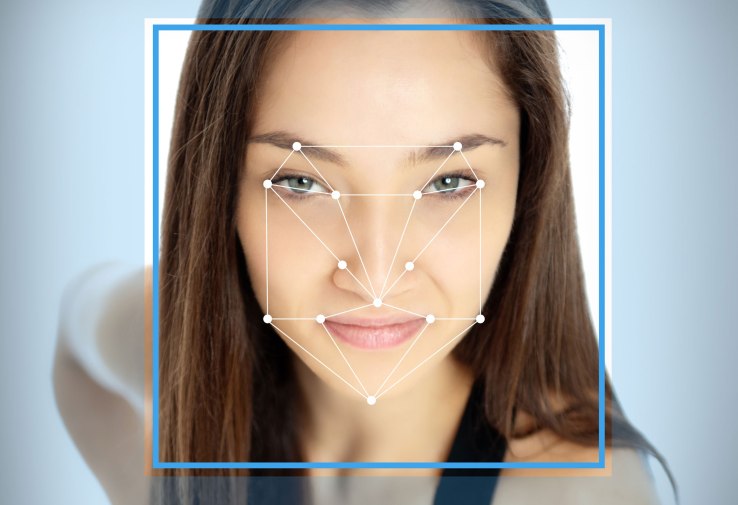Trueface.ai integrates with IFTTT as the latest test-case of its facial recognition tech

Trueface.ai, the stealthy facial recognition startup that’s backed by 500 Startups and a slew of angel investors, is integrating with IFTTT to allow developers to start playing around with its technology.
Chief executive Shaun Moore tells me that the integration with IFTTT represents the first time that facial recognition technology will be made available to the masses without the need to understand complex code.
The company initially started as both a hardware and software vendor, but back in 2017 Moore said that the company stripped out its hardware component and focused on its software.
“We ended up taking a really broad approach and letting [hardware developers] do whatever they want with it,” Moore tells me.
Focusing on digital identification and verification tools, Trueface.ai sells technology that it says can be used to verify a request to open a bank account or for digital document notarization. “We can do that remotely and verify proof of possession and identity,” says Moore.
The goal, says Moore, is to make facial recognition available to everybody. And IFTT’s integration is one step to make that happen, because it will familiarize product developers and makers with the toolkit, Moore says.
“We just saw this as a way to launch this technology on a third party where anyone could go in. If you’ve got a Lockitron, Trueface can take the picture and then IFTTT can unlock the door for anyone who has been given permission,” says Moore.
The technology uses deep learning models to detect, normalize, validate, match and identify faces. Back before its pivot to software, Trueface.ai actually came by TechCrunch’s New York offices to put the tech through its paces under its previous incarnation — Chui.
Artificial intelligence models are trained with millions of facial images and — depending on the use case — are designed to generate mathematical representations of a human face (called embeddings).
These embeddings can be stored and referenced by other models to infer identity. The company’s spoof detection service is trained on attack examples to differentiate between a real human face and an image (goodbye lock-screen issues).
With the IFTTT integration, the company intends to show off its IDVerify product as a means to acclimate users with the technology.
Already, the company’s tech is interoperable with identity documents for more than 150 countries and can be used with Trueface.ai web and mobile applications.
“The target demographic of what we were thinking were tinkerers and hackers who kind of want to build things themselves,” says Moore.
Featured Image: Franck Boston/Shutterstock